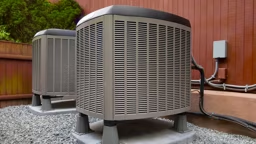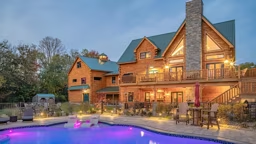
Photo by R Mo on Unsplash
1. Let the sunshine in.
To take advantage of passive solar heat (and reduce your dependence on non-renewable resources) in the winter, site your log home so that its longer sides are oriented north/south. Minimize west-facing windows, maximize those that face south and opt for a properly sized roof overhang for your region. Installing storm windows can reduce heat loss up to 50 percent. Low-E windows, which are coated with an invisible, low-emittance film, will save even more energy and, in return, save you money on your monthly heating bill.
2. Improve the air you breathe.
Help reduce the amount of toxins in your home by detaching the garage from your home (or connect it with an open-air breezeway) to prohibit exhaust fumes from seeping in, and, of course, choose stains, paints, flooring and other finishes that have low/no VOCs. All homes should have properly placed, balanced ventilation systems and exhaust fans to encourage fresh-air exchange.
3. Keep your cool.
Use the direction of the prevailing wind patterns (check local airports’ web sites for info in your area) to figure out where to place your windows for optimum cooling benefits. Since heat rises to the highest point, incorporate stairwell windows to act as a thermal siphon and draw unwanted heat up and out. Energy-efficient roofing systems, called “cool roofs” can reduce roof temperatures by as much as 100-degrees Fahrenheit during the peak of summer. They work by reflecting the sun’s radiant energy before it penetrates the interior, making home’s internal temp — and your energy bills — easier to bear.
Learn more about log home energy efficiency here.











